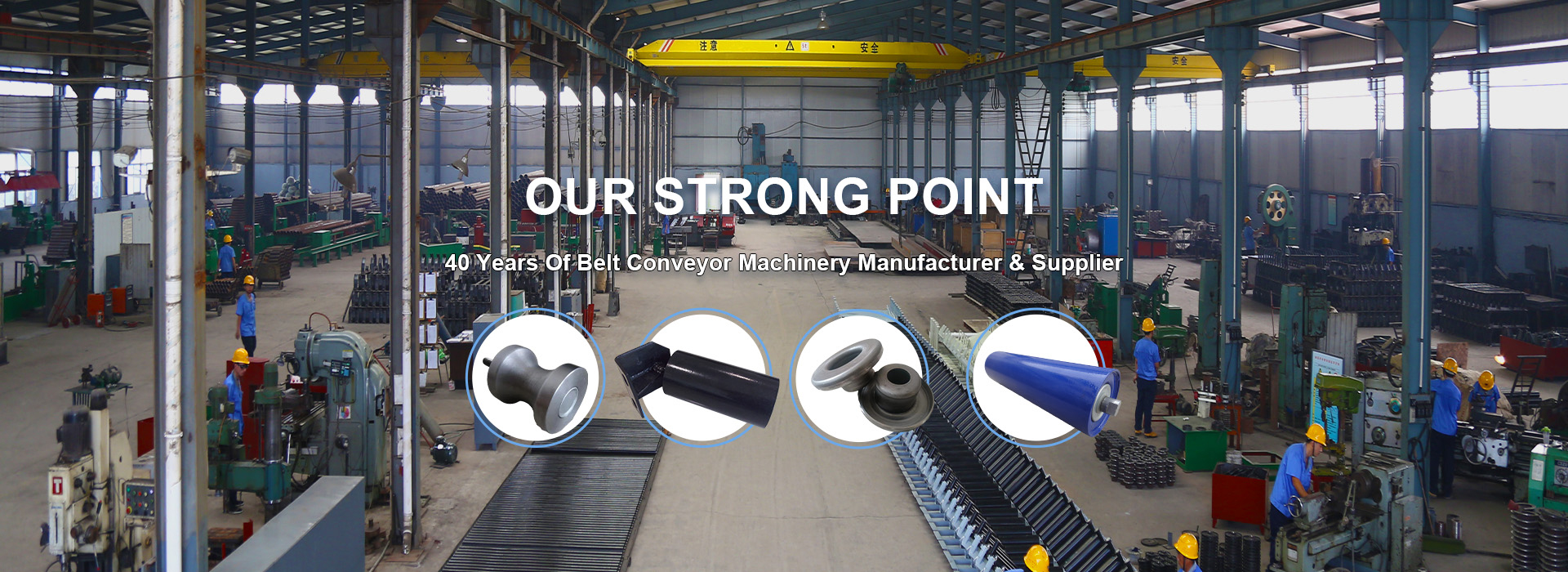 Afrikaans
Afrikaans  Albanian
Albanian  Amharic
Amharic  Arabic
Arabic  Armenian
Armenian  Azerbaijani
Azerbaijani  Basque
Basque  Belarusian
Belarusian  Bengali
Bengali  Bosnian
Bosnian  Bulgarian
Bulgarian  Catalan
Catalan  Cebuano
Cebuano  Corsican
Corsican  Croatian
Croatian  Czech
Czech  Danish
Danish  Dutch
Dutch  English
English  Esperanto
Esperanto  Estonian
Estonian  Finnish
Finnish  French
French  Frisian
Frisian  Galician
Galician  Georgian
Georgian  German
German  Greek
Greek  Gujarati
Gujarati  Haitian Creole
Haitian Creole  hausa
hausa  hawaiian
hawaiian  Hebrew
Hebrew  Hindi
Hindi  Miao
Miao  Hungarian
Hungarian  Icelandic
Icelandic  igbo
igbo  Indonesian
Indonesian  irish
irish  Italian
Italian  Japanese
Japanese  Javanese
Javanese  Kannada
Kannada  kazakh
kazakh  Khmer
Khmer  Rwandese
Rwandese  Korean
Korean  Kurdish
Kurdish  Kyrgyz
Kyrgyz  Lao
Lao  Latin
Latin  Latvian
Latvian  Lithuanian
Lithuanian  Luxembourgish
Luxembourgish  Macedonian
Macedonian  Malgashi
Malgashi  Malay
Malay  Malayalam
Malayalam  Maltese
Maltese  Maori
Maori  Marathi
Marathi  Mongolian
Mongolian  Myanmar
Myanmar  Nepali
Nepali  Norwegian
Norwegian  Norwegian
Norwegian  Occitan
Occitan  Pashto
Pashto  Persian
Persian  Polish
Polish  Portuguese
Portuguese  Punjabi
Punjabi  Romanian
Romanian  Russian
Russian  Samoan
Samoan  Scottish Gaelic
Scottish Gaelic  Serbian
Serbian  Sesotho
Sesotho  Shona
Shona  Sindhi
Sindhi  Sinhala
Sinhala  Slovak
Slovak  Slovenian
Slovenian  Somali
Somali  Spanish
Spanish  Sundanese
Sundanese  Swahili
Swahili  Swedish
Swedish  Tagalog
Tagalog  Tajik
Tajik  Tamil
Tamil  Tatar
Tatar  Telugu
Telugu  Thai
Thai  Turkish
Turkish  Turkmen
Turkmen  Ukrainian
Ukrainian  Urdu
Urdu  Uighur
Uighur  Uzbek
Uzbek  Vietnamese
Vietnamese  Welsh
Welsh  Bantu
Bantu  Yiddish
Yiddish  Yoruba
Yoruba  Zulu
Zulu use of snub pulley in belt conveyor
The Use of Snub Pulley in Belt Conveyors
Belt conveyors are an essential part of many industrial processes, providing a reliable and efficient means of transporting materials from one location to another. Among the various components that make up a belt conveyor system, the snub pulley plays a crucial role. This article explores the purpose, function, and benefits of snub pulleys in belt conveyors.
Definition and Function of Snub Pulley
A snub pulley is a type of idler pulley that is used in belt conveyor systems to redirect the belt and provide increased tension. It is typically located immediately after the drive pulley and is employed to increase the belt wrap angle around the drive pulley. By increasing this wrap angle, the snub pulley enhances the grip between the belt and the drive pulley, which in turn boosts the overall friction and efficiency of the conveyor system.
One of the primary functions of the snub pulley is to provide additional tension to the conveyor belt. Proper tension is critical for ensuring that the belt operates smoothly and without slippage. If the belt is not tensioned correctly, it may slip, leading to reduced efficiency, increased wear on the belt, and potential damage to other components in the system. The snub pulley helps maintain this necessary tension, thereby prolonging the lifespan of the conveyor belt.
Benefits of Using a Snub Pulley
The inclusion of a snub pulley in a belt conveyor system offers several key benefits
use of snub pulley in belt conveyor

1. Enhanced Drive Efficiency By improving the wrap angle of the belt around the drive pulley, a snub pulley helps to ensure that the drive power is effectively transmitted. This results in better overall energy efficiency and reduced operational costs.
2. Reduction in Belt Slippage A well-tensioned belt is less likely to slip on the drive pulley. Slip can lead to uneven material handling and increased wear on the belt, as well as potential operational delays. The snub pulley mitigates these issues by maintaining the appropriate tension.
3. Mitigation of Wear and Tear Proper tensioning facilitated by a snub pulley reduces strain on the belt and minimizes wear on components like the drive pulley and the conveyor frame. This contributes to a lower frequency of maintenance and a longer lifespan for the entire conveyor system.
4. Improved Material Handling With increased tension and reduced slippage, the snub pulley ensures that materials are transported smoothly and consistently along the conveyor. This is particularly important in applications where precise material handling is required.
5. Flexibility in Conveyor Design The use of snub pulleys can also allow for greater flexibility in conveyor design. They enable the construction of longer conveyors or conveyors with more complex routing without compromising on performance.
Conclusion
In summary, the snub pulley is a vital component of belt conveyor systems that significantly contributes to their efficiency and reliability. By aiding in belt tensioning and improving the grip of the belt on the drive pulley, snub pulleys enhance the overall performance of the conveyor, mitigate wear and tear, and ensure smooth material handling. As industries continue to focus on optimizing their operations and reducing costs, the importance of integrating reliable components like snub pulleys in belt conveyor designs cannot be overstated. Their role not only improves the performance of current systems but also provides the foundation for more advanced and efficient conveyor systems in the future.
-
Revolutionizing Conveyor Reliability with Advanced Rubber Lagging PulleysNewsJul.22,2025
-
Powering Precision and Durability with Expert Manufacturers of Conveyor ComponentsNewsJul.22,2025
-
Optimizing Conveyor Systems with Advanced Conveyor AccessoriesNewsJul.22,2025
-
Maximize Conveyor Efficiency with Quality Conveyor Idler PulleysNewsJul.22,2025
-
Future-Proof Your Conveyor System with High-Performance Polyurethane RollerNewsJul.22,2025
-
Driving Efficiency Forward with Quality Idlers and RollersNewsJul.22,2025





























